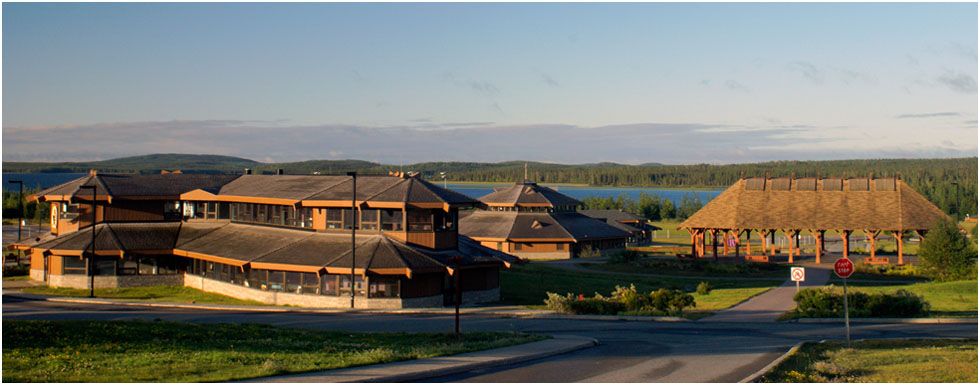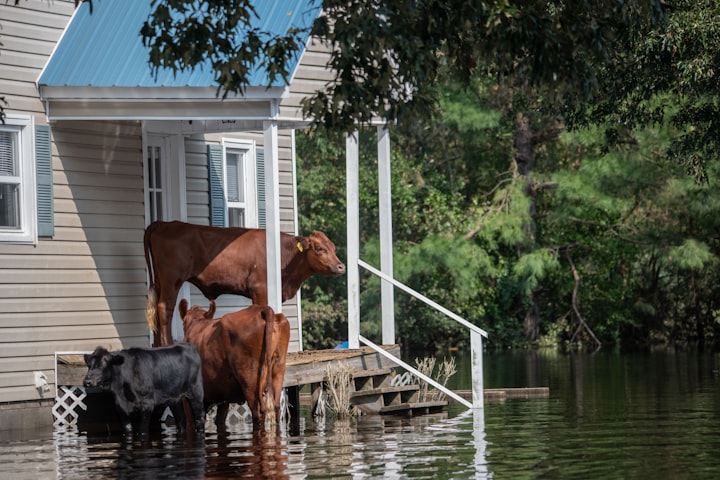When Natalka Cmoc and Shannon Lough had the chance to support a new approach to developing Indigenous housing in Canada, they jumped in with both feet. But finding ways to be true allies in decolonizing existing systems wouldn't be easy. Though the work's ongoing, they've already learned plenty about better ways to fund, manage, evaluate and scale housing initiatives.
We know that colonial approaches to providing sustainable, culturally-relevant housing for Indigenous communities aren't working. So a few years ago, a collection of innovators decided to try something different.
They launched the Indigenous Homes Innovation Initiative (IHII) – a five-year, $40M federal program funded by Indigenous Services Canada and delivered in partnership with the Council for the Advancement of Native Development Officers (CANDO) from 2019-2023.
From the beginning, Cmoc knew that figuring out how to be true allies and avoid taking a colonial approach while using federal money would be a challenge.
As Senior Director of Indigenous Services Canada, she recognized that past federal housing strategies had largely been 'done to' Indigenous communities – bringing external experts and processes developed in other settings and trying to make them work. Without much success - many communities were still in crisis.
Committing to Indigenous-led innovation
This time would be different. The IHII would feature an Indigenous-led approach, built on Indigenous knowledge and run by Indigenous leaders.
In other words, their goal was to develop and share "made-at-home" strategies that were conceived, developed, tested and built by and for each local community. To do that, the government would have to change the way it traditionally funded projects.
- Instead of running a competitive process focused on producing winners, they would need to develop a collaborative approach that would foster learning and maximize impact.
- Instead of insisting applicants work only with architects who were "approved" by the feds, the new process encouraged them to collaborate with Canadian Indigenous architects who could bring their ideas and community visions to life.
- And instead of insisting on receiving proposals with fully developed solutions grounded in best practices, the government would need to seek out and support often untested concepts and ideas.
With those shifts in mind, project leaders launched their call for participants in 2019. And were blown away by the results, with 342 applicants seeking to $350,000 each in funding and support services.
But they could only fund 24 projects, which threatened to leave the others out in the cold. This created a new challenge.
The challenge of impact and scale
Instead of waiting until the project was done, then publishing the results of the project in a formal report that no one would ever read, they'd have to find a better way to mobilize what the innovators were learning, so that all Indigenous communities could benefit from this work.
They quickly realized that the best way to do that would be with stories.
That's where Shannon Lough came in. As the Manager of Communications and Engagement at Ecotrust Canada, she and her colleagues have long worked with Indigenous communities to build an economy that provides for life. Ecotrust joined the IHII to provide storytelling tools and support to the project participants to help them record and share their innovation journeys.
Putting stories to work
Now, telling stories to share knowledge may not sound particularly innovative to most. But it represented a significant shift in approach for the feds.
(Cmoc) I think it really opens up learning in a way that we don't know what we're going to learn. And so that's really trying to be open to the things that we absolutely don't know and being comfortable with that, which, as you can imagine, is a very new place for government to be.
Despite popular perceptions about the role of stories in Indigenous culture, it turned out that this approach was new for many participants too. They'd never shared their stories publicly before, certainly not to the world via the Internet. (A great reminder to never make assumptions about people's experiences!)
After much planning, the storytelling work began when the 24 project leads came together for the first time at the Accelerator launch of the IHII in January 2020, just down the road from me on traditional Snaw-naw-as First Nation Territory in Parksville, British Columbia.
As part of the gathering, the team ran a storytelling workshop to share some tools and sow seeds for future work.
(Cmoc) And so we had this week in January where we were really trying to build that community network and learn from each other. And by the end of the week, I really felt that people were sharing information. They were trying to help each other. And I think this is where the storytelling comes in because that was a key principle, that solutions come from communities. They do not need some smart people from outside their communities to come and tell them how to "fix" things. They know the answers. They know their own solutions. They want the opportunity and the space to be able to test some of their own ideas and learn from each other.
In addition to leading the workshop, Lough ran a webinar over the next few months to provide technical training on things like digital technologies. She also travelled to one of the communities to help them produce their story, as an example for others to build on. Plus, Ecotrust created an online portal as a place for participants to share what they were learning in real time.
Telling the community's story
As the project unfolded, Lough realized that the scope of work was so big for some communities that it was often tough for the innovators to figure out what to focus on in their stories – and did what she could to support them.
That said, she's very clear that her role was not to tell them how to tell their stories.
(Lough) "It is definitely a challenge and this is why I am providing tools, to be clear. So I'm not telling anyone how to tell their story. They can take those tools that I share with them and build off of that. Because, at the end of the day, it is the community's story, right? This PR, these projects are all to support vulnerable populations within the community or build economic opportunities within the community. And these stories are all meant to be positive – not just make one group look better than the other or any kind of ego type type role. We're trying to do this together as a community. And I think right from the start, our foundation at the Accelerator launch was to build that whole community of practice. So I think, that's in everyone's hearts right now."
(Cmoc) "As Shannon had worked with them, (and I love this ) she encouraged them to make sure that they reached various subpopulations or subgroups of their community to be able to partake in it. So it's all of their initiative – to get the voices of the youth and the elders and so on to really feel like they're part of it too."
Building power with stories
Looking back, Cmoc notes that helping participants develop skills and a platform for storytelling wasn't just a way to share knowledge and inspiration. As part of their work to decolonize the government's approach to funding, the project also hoped to use the stories as a qualitative evaluation tool, a new kind of impact metric.
(Cmoc) "Traditionally, an evaluation is written, there's a certain structure, it's written in very bureaucratic language. Well, this story-driven approach doesn't just allow people to be able to speak in their own voice, but it also uses photos and videos and other means to be able to communicate what they want to express in a richer fashion."
Over the long term, investing in developing local storytelling capacity can have other benefits for these Indigenous communities.
(Lough) "When journalists do cover stories in remote regions like somewhere up North or one of the territories, it's often just helicopter journalism. They're reacting to something, usually tragic, that's happened. The journalists will fly in to report on it. Then everyone across Canada hears this story and it's awful, right? And it's not inspiring. It's just sad. And our hearts ache for that community. But if we can build capacity for storytelling here, we can get a balance of stories where we're hearing the positive stories as well. Communities will have the agency to tell their stories as they progress and change in their own learnings, which is really a powerful thing."
Plus, sharing stories from the project could also help raise awareness and additional funding for housing.
The real secret to innovation success
As the project enters its final year with several building projects already complete, Cmoc is reminded of one of the biggest truths of innovation.
(Cmoc) "I think we had some moments where things didn't go at all the way we thought they would go. And we weren't always positively viewed in the media. So we adjusted and we listened and we did things differently. And I think that's a valuable lesson to all of us. And I'm sure the innovators will have similar experiences, that they are embarking on a process that they don't know how it was going to unfold, and it might not go the way they had hoped it would go. But that doesn't mean that it wasn't worth it. It's absolutely worth it because they learned something. We'll all learn something. And collectively we all move forward with their learning and whether it's a success or maybe things took a slightly different route, it's all good. But being comfortable in the unknown is not easy and it takes courage. And I find that these innovators are very courageous."
Listen to my interview with Cmoc and Lough from the early phases of the project, learn more about where the IHII is at now, and check out these lessons learned videos from EcoTrust.





